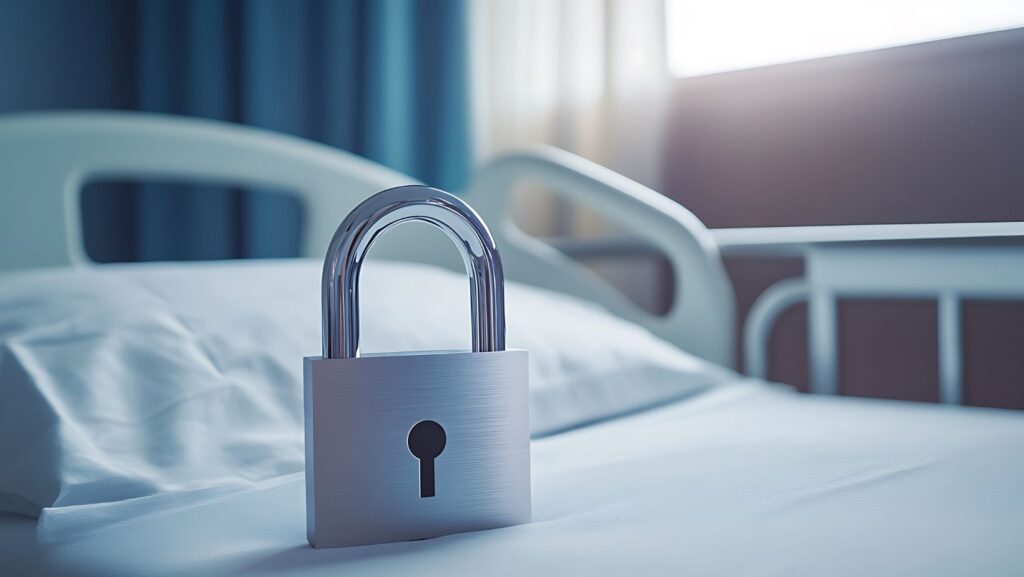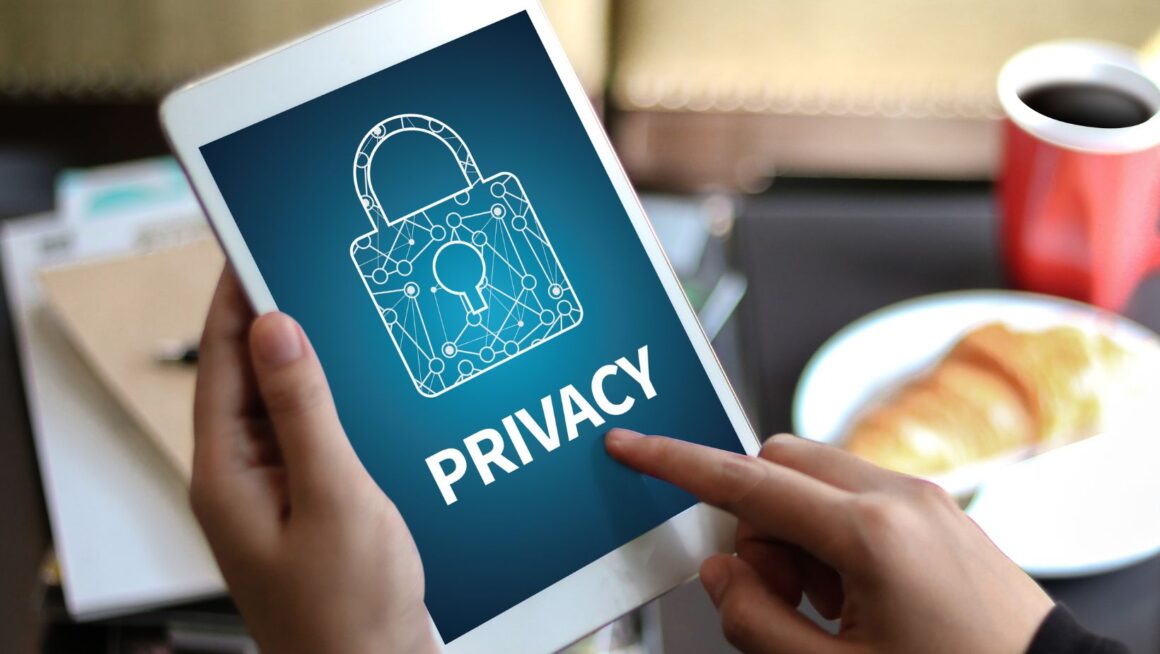
The shift towards online learning has revolutionised education, allowing students to connect, collaborate, and learn from anywhere in the world. However, as the digital landscape expands, so do concerns about student privacy. Recorded lessons, live sessions, and digital interactions can inadvertently expose sensitive information, posing risks that educators must address. Protecting student privacy in this context necessitates a multifaceted approach—from understanding legal obligations to implementing technological safeguards.
Understanding the Legal Framework
Educators need to be acutely aware of their responsibilities under legislation such as the UK General Data Protection Regulation (UK GDPR) and the Data Protection Act 2018. Both laws place significant emphasis on the ethical use of personal data, and schools must ensure that recorded lessons comply with these requirements.
• Informed Consent: Schools must obtain explicit consent from students and guardians before recording lessons. This includes informing them about how the recordings will be used, stored, and potentially shared. It’s crucial that consent cannot be coerced—students should feel free to decline without negative repercussions.
• Data Minimisation: According to UK GDPR principles, only the data necessary for educational purposes should be collected. This could mean limiting recordings to specific sections of a class or anonymising them where possible.
Best Practices for Recorded Lessons
Once schools navigate the legal landscape, they need practical strategies to protect student privacy in day-to-day operations. Here are some key practices:
1. Use Secure Platforms
The choice of platform is paramount. Schools should evaluate educational technology tools for their security features. Solutions that offer end-to-end encryption, secure logins, and user controls can protect both student identities and content integrity.
2. Privacy Settings
Examine all available privacy settings in the chosen educational platforms. Encourage educators to utilise these features, such as disabling recording functions for certain group activities or limiting access to recorded materials. Ensure that only those who need to access the content, such as teachers and relevant staff, have permissions.
3. Regular Staff Training
It’s essential to train educators on best practices for managing recorded content. Professional development sessions can offer insights into the importance of privacy, the dos and don’ts of online teaching, and the specifics of the legal framework governing data protection.
4. Use Third-Party Solutions Wisely
For schools seeking comprehensive support, leveraging third-party solutions can be invaluable. For instance, SecureRedact’s education solutions offer tools that simplify the redaction process while ensuring compliance. Redaction can be particularly crucial when recordings are shared with external parties for pedagogical or evaluative purposes, allowing sensitive information to be obscured without losing educational value.
The Role of Anonymisation
Anonymisation is another important tactic. By removing identifiable information from recorded materials, schools can significantly mitigate risks. This involves not only stripping personal names from recordings but considering contexts where voice, image, or even student responses could lead to identification.
1. Content Review
Before sharing recorded lessons, implement a review process to identify potential privacy violations. This could involve specific roles assigned to staff members who are responsible for checking each recording for sensitive content that should be redacted.
2. Support for Vulnerable Students
Consider the particular privacy needs of vulnerable students. This could include those with special educational needs, mental health concerns, or from disadvantaged backgrounds. Policies should be tailored to protect these students more rigorously, perhaps through opting them out of video recordings entirely or providing alternative options.
Encouraging Digital Responsibility
Empowering students to understand their rights and responsibilities regarding privacy is crucial. Schools should engage students in discussions about online behaviour, the impact of digital footprints, and how to protect themselves.
1. Digital Citizenship Education
Implement a curriculum that includes lessons on digital citizenship. Address topics such as privacy, the ethical use of technology, and the implications of sharing personal information online.
2. Involve Parents and Guardians
Involve families in conversations about digital safety. Regular newsletters or workshops can equip parents with knowledge about privacy and provide guidance on how they can support their children’s learning experiences at home.
The Future of Online Learning and Privacy
As schools continue to adapt to a digital-first approach, the protection of student privacy will remain a pressing concern. The trend towards hybrid models of education is unlikely to abate, making it essential for institutions to continuously evolve their privacy strategies.

Investing in robust solutions and fostering a culture of privacy awareness will significantly benefit schools as they navigate the complexities of recorded lessons and online interactions.
Conclusion
Protecting student privacy in recorded lessons and online learning is a collective responsibility involving administrators, educators, students, and parents alike. By instilling best practices, leveraging technology effectively, and encouraging a culture of digital citizenship, schools can create an environment that not only prioritises educational excellence but also respects and safeguards personal privacy. As stakeholders in education, it remains our duty to ensure that innovations in teaching do not come at the expense of student trust and security.












